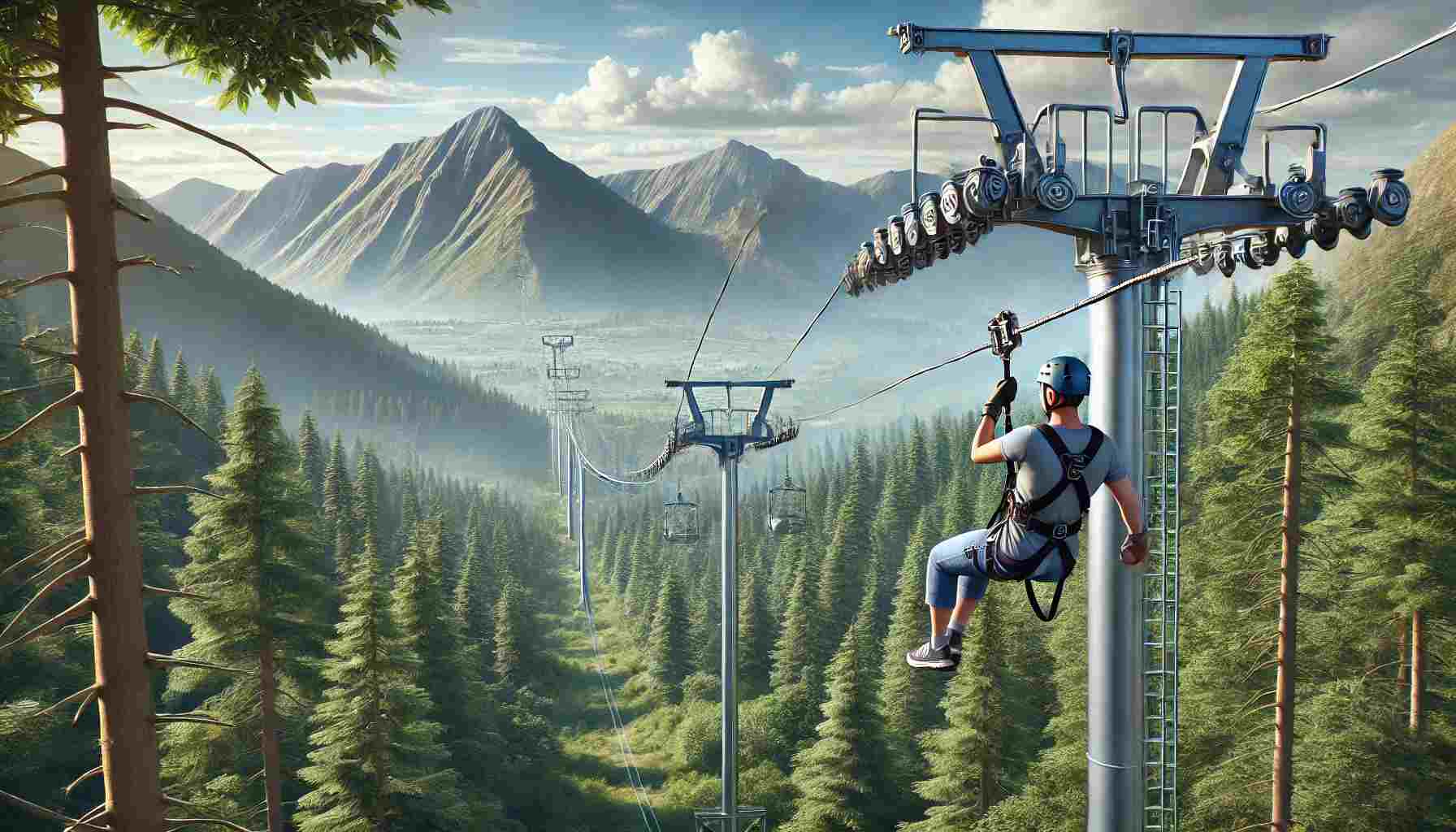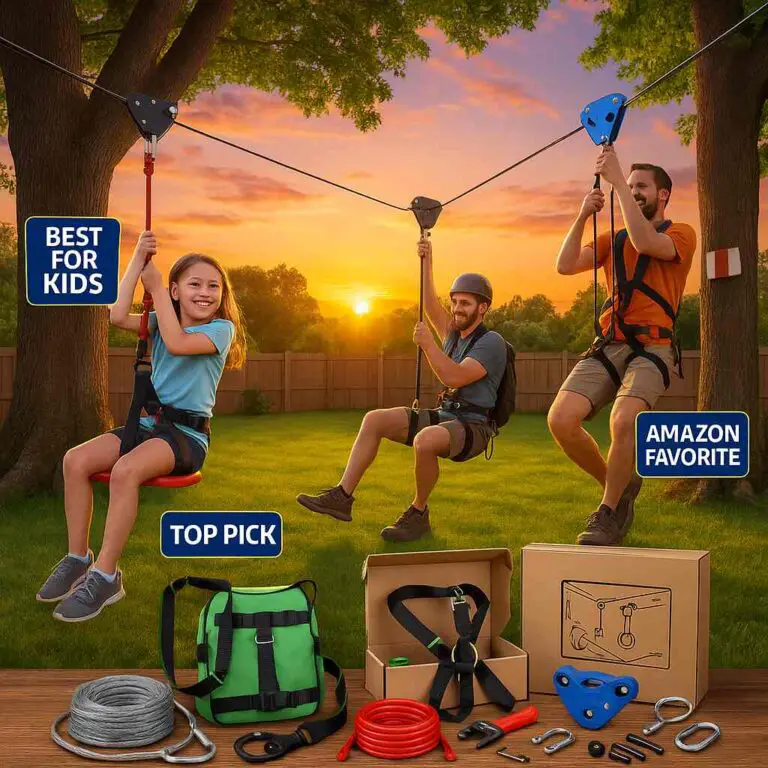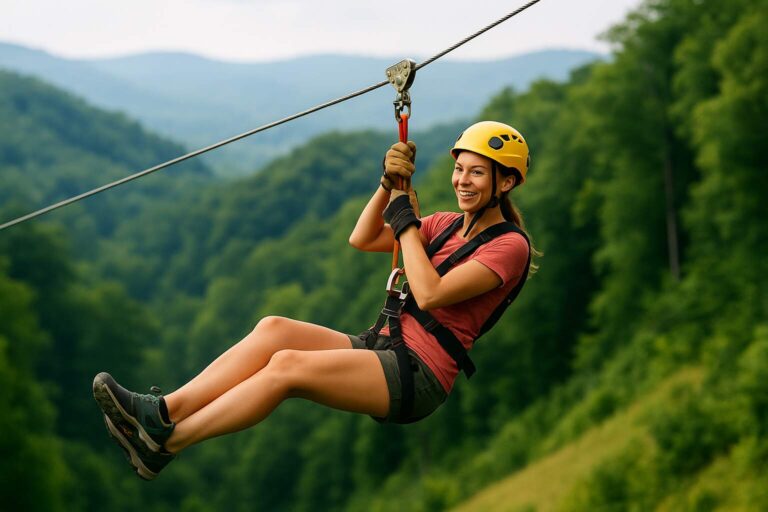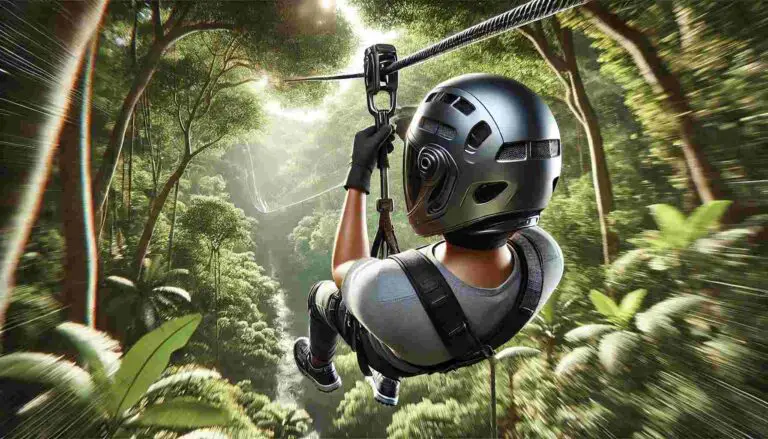Building a commercial zip line can be an exciting and profitable venture, especially if you are looking to attract adventure seekers and outdoor enthusiasts. However, the cost to build a commercial zip line can vary significantly depending on several factors. This article will provide a comprehensive breakdown of these factors, giving you a detailed understanding of the expenses involved. We’ll also offer insights on how to plan effectively, potential returns on investment, and tips to ensure your zip line venture is successful.
Understanding the Basics of Zip Line Construction
A zip line consists of a pulley suspended on a cable, usually made of stainless steel, mounted on an incline. It’s designed to enable a user propelled by gravity to travel from the top to the bottom of the inclined cable by holding on or attaching to the freely moving pulley. For commercial purposes, safety, durability, and thrill are key considerations.
Factors Influencing the Cost of Building a Commercial Zip Line
1. Location and Terrain
The cost of building a zip line can vary greatly depending on the location and terrain. Here are some key considerations:
- Geographical Location: Building a zip line in a mountainous area will have different costs compared to flat terrains. Mountainous areas may require more complex engineering and construction techniques.
- Terrain Type: Dense forests, rocky terrains, or open fields will influence the cost. Clearing trees, leveling ground, or working around natural obstacles can add to expenses.
2. Length and Number of Zip Lines
- Length of the Zip Line: The longer the zip line, the more expensive it will be. This is due to the increased amount of cable, supports, and other materials required.
- Number of Zip Lines: Multiple zip lines in a single park or course will increase the cost but can also provide a better user experience, leading to higher revenue.
3. Design and Engineering
Professional design and engineering are critical for safety and longevity. Costs in this area include:
- Initial Consultation and Design: Engaging with experienced designers to create a safe and thrilling zip line can range from $5,000 to $10,000.
- Engineering and Safety Compliance: Ensuring the structure meets local regulations and safety standards can add to the cost.
4. Materials and Equipment
- Cables: High-quality stainless steel cables are essential for durability and safety. The cost can range from $1 to $2 per foot.
- Towers and Platforms: The construction of towers and platforms can vary based on the materials used (wood, metal) and the height required. These can cost between $10,000 to $50,000 each.
- Harnesses and Safety Gear: High-quality harnesses, helmets, and other safety equipment are essential. Budget around $100 to $300 per set.
5. Labor and Construction
- Construction Crew: Hiring a specialized construction crew to build the zip line is necessary. The labor costs can range from $20,000 to $100,000 depending on the complexity and location.
- Maintenance: Regular maintenance is essential for safety and longevity. Plan for annual maintenance costs around $5,000 to $15,000.
6. Insurance and Permits
- Insurance: Liability insurance is a must for any commercial zip line operation. This can cost between $10,000 to $30,000 annually.
- Permits and Licenses: Depending on your location, you may need various permits and licenses which can range from $1,000 to $5,000.
Detailed Cost Breakdown
Here is a detailed breakdown of the estimated costs involved in building a commercial zip line:
| Expense Category | Estimated Cost Range |
|---|---|
| Design and Engineering | $5,000 – $10,000 |
| Cables (Stainless Steel) | $1 – $2 per foot |
| Towers and Platforms | $10,000 – $50,000 each |
| Harnesses and Safety Gear | $100 – $300 per set |
| Construction Crew | $20,000 – $100,000 |
| Annual Maintenance | $5,000 – $15,000 |
| Insurance | $10,000 – $30,000 annually |
| Permits and Licenses | $1,000 – $5,000 |
Potential Revenue and ROI
Understanding the potential return on investment (ROI) is crucial for any business venture. Here are some key points to consider:
1. Pricing and Packages
- Single Rides: Charging between $50 to $100 per ride.
- Packages: Offering packages or group rates can attract more customers and increase revenue. For instance, a family package might include multiple rides at a discounted rate.
2. Annual Revenue Projections
Let’s assume an average of 50 rides per day at $75 per ride:
- Daily Revenue: 50 rides * $75 = $3,750
- Monthly Revenue: $3,750 * 30 days = $112,500
- Annual Revenue: $112,500 * 12 months = $1,350,000
3. Return on Investment
Considering the initial investment might be around $200,000 to $500,000, you can see a substantial ROI within the first year, depending on the number of visitors and operating costs.
Safety and Regulatory Considerations
Safety is paramount when operating a commercial zip line. Here are some essential points:
- Regular Inspections: Conducting regular inspections to ensure all components are in good working order.
- Staff Training: Training staff on safety protocols and emergency procedures.
- Compliance: Adhering to local, state, and national regulations and standards.
Case Studies and Examples
1. Navitat Canopy Adventures (Asheville, NC)
Navitat Canopy Adventures offers multiple zip lines with varying lengths and heights. They invested heavily in design, safety, and environmental integration. Their pricing model includes single rides and group packages, contributing to a high annual revenue and excellent customer reviews.
2. Zip World (Wales, UK)
Zip World is home to the world’s fastest zip line. Their significant investment in cutting-edge technology and marketing has positioned them as a top adventure destination. They see high visitor numbers year-round, demonstrating the potential profitability of a well-planned zip line business.
Tips for Success
- Choose the Right Location: Consider accessibility, natural beauty, and nearby attractions.
- Focus on Safety: Invest in high-quality materials and regular maintenance.
- Offer Unique Experiences: Differentiate your zip line with unique features or packages.
- Marketing and Promotion: Utilize social media, local tourism boards, and partnerships to attract visitors.
Conclusion
Building a commercial zip line can be a lucrative and rewarding venture if planned and executed correctly. By understanding the various costs involved, ensuring safety and compliance, and providing an exceptional experience for visitors, you can achieve significant returns on your investment.
Remember, thorough planning and attention to detail are key to the success of your commercial zip line business.
Here’s our latest post: Where to Buy Zip Lines








